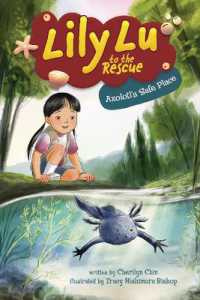基本説明
Focusing on the historic period 1978-80, Greenhalgh draws on twenty years of research into China's population politics to explain how the leaders of a nation of one billion decided to limit all couples to one child. Provides the most detailed and incisive account yet of the origins of the one-child policy.
Full Description
China's one-child rule is unassailably one of the most controversial social policies of all time. In the first book of its kind, Susan Greenhalgh draws on twenty years of research into China's population politics to explain how the leaders of a nation of one billion decided to limit all couples to one child. Focusing on the historic period 1978-80, when China was just reentering the global capitalist system after decades of self-imposed isolation, Greenhalgh documents the extraordinary manner in which a handful of leading aerospace engineers hijacked the population policymaking process and formulated a strategy that treated people like missiles. "Just One Child" situates these science- and policy-making practices in their broader contexts - the scientization and statisticalization of sociopolitical life - and provides the most detailed and incisive account yet of the origins of the one-child policy.
Contents
List of Illustrations ix Preface xi Acknowledgments xix 1. Introduction: An Anthropology of Science Making and Policymaking 1 2. History: The "Ideology" Before the "Science" 45 making population science 79 3. A Chinese Marxian Statistics of Population 81 4. A Sinified Cybernetics of Population 125 5. A Chinese Marxian Humanism of Population 169 making population policy 191 6. The Scientific Revolution in Chengdu 193 7. Ally Recruitment in Beijing 232 8. Scientific Policymaking in Zhongnanhai 271 9. Conclusion: Why an Epistemic Approach Matters 307 Notes 345 List of Interviews 361 References 371 Index 395






